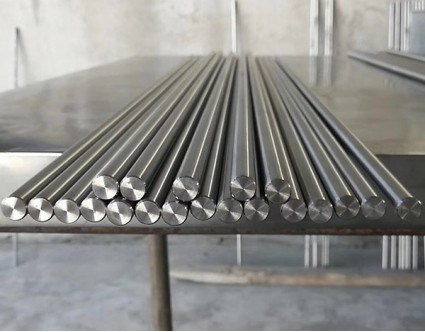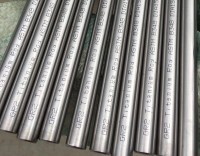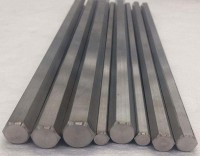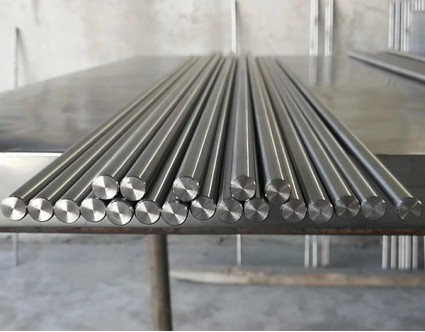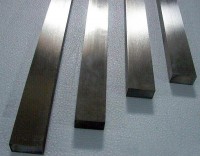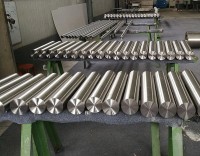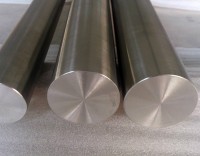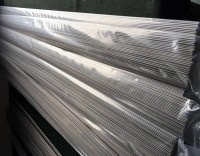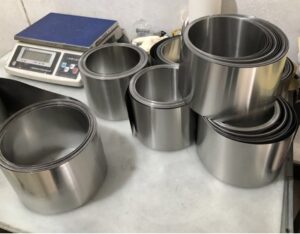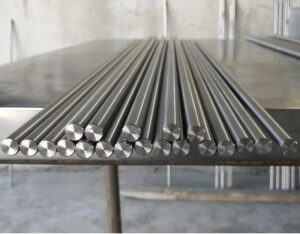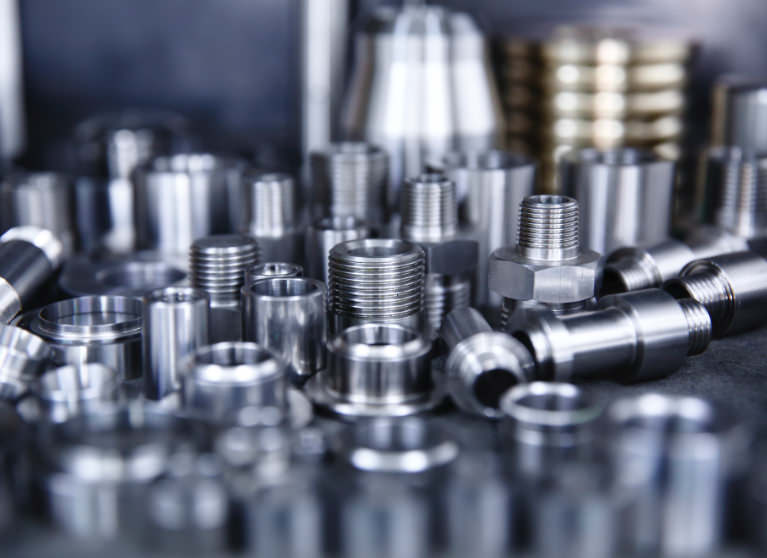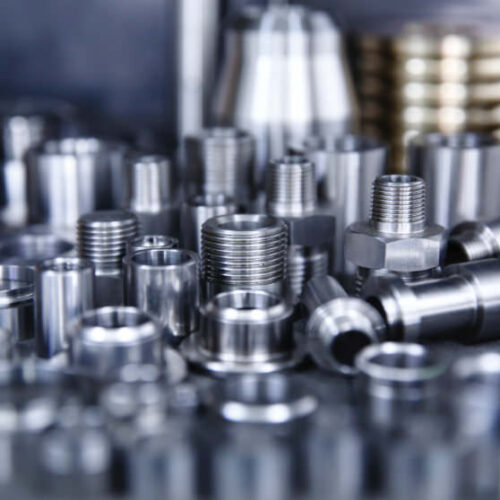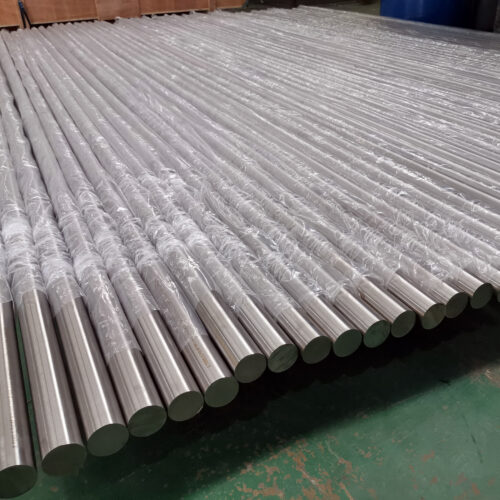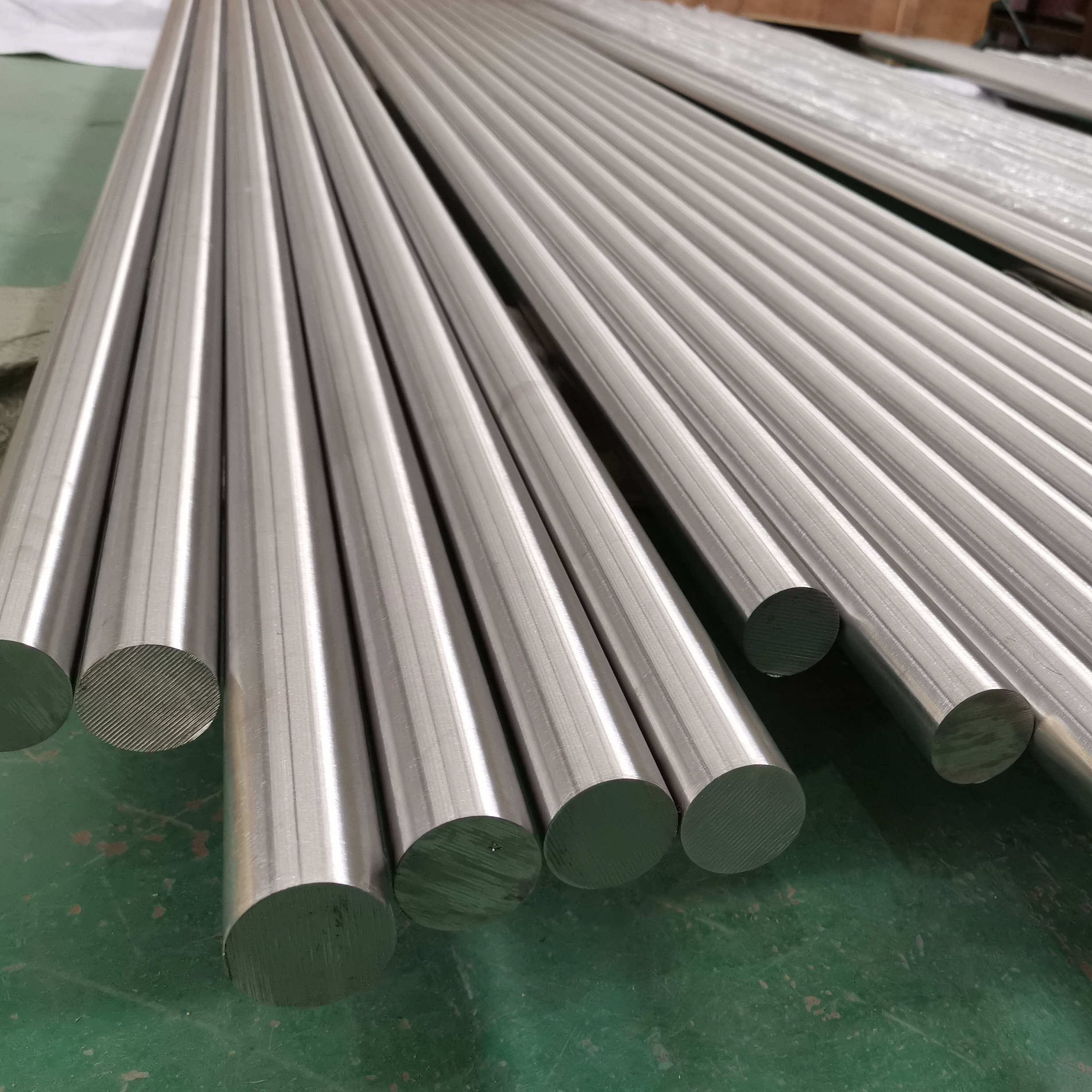Our Titanium Rod and Bar are high-quality products designed to meet the diverse needs of various industries. Made from premium-grade titanium, they offer exceptional strength, corrosion resistance, and excellent biocompatibility.
Titanium Round Rod produced by rolling or forging
1.Enhanced Mechanical Properties: Both rolling and forging processes impart improved mechanical properties to Titanium Round Rods. Through controlled deformation and grain refinement, these processes increase the strength, toughness, and fatigue resistance of the rods. The resulting titanium rods exhibit excellent load-bearing capabilities, making them suitable for demanding applications where high strength and durability are required.
2.Improved Dimensional Accuracy and Consistency: Rolling and forging processes offer precise control over the dimensions and shape of Titanium Round Rods. These processes ensure tight tolerances, uniform cross-sections, and consistent roundness throughout the entire length of the rods. The high level of dimensional accuracy allows for better compatibility with mating components and facilitates easier assembly in various applications.
3.Enhanced Microstructure and Homogeneity: Both rolling and forging processes contribute to the refinement of the titanium’s microstructure, leading to improved material homogeneity. The controlled deformation and recrystallization during these processes help eliminate impurities, segregations, and voids, resulting in a more uniform and defect-free material structure. This improved microstructure enhances the overall integrity and performance of the titanium rods, making them more resistant to cracking, deformation, and corrosion.
Titanium Square Bar cutting from forging or plate
1. High-quality titanium billets or ingots are selected as the starting material for the forging process. The material is carefully inspected to ensure it meets the required quality standards and specifications.
The titanium billets are heated to a specific temperature suitable for forging. The temperature ensures the titanium becomes pliable and can be shaped without excessive resistance.
2. Forging Operation: The heated titanium billets are subjected to intense pressure, either through mechanical or hydraulic forging equipment. The billets are compressed and shaped using dies or hammers to achieve the desired square shape.
Heat Treatment: After forging, the titanium square bars may undergo heat treatment processes such as annealing or normalization. Heat treatment helps refine the microstructure, improve the mechanical properties, and relieve any residual stresses induced during forging.
Machining and Finishing: The forged titanium square bars are then machined to achieve the final dimensions, smooth surfaces, and precise tolerances. This may involve processes such as cutting, milling, or grinding to obtain the desired square shape and dimensional accuracy.
Titanium Hexagonal Bar manufactured by hot-drawing
| Aspect | Description |
|---|---|
| Manufacturing Process | Hot-drawing |
| Starting Material | High-quality titanium billets or ingots |
| Heating | Elevated temperature suitable for hot-drawing |
| Drawing Process | Controlled force applied to the billets, pulling them through shaped dies to form a hexagonal cross-section |
| Dimensional Control | Precise control over the bar’s diameter and hexagonal shape |
| Heat Treatment | Optional heat treatment to optimize the material’s properties |
| Advantages | 1. Precise dimensional control<br>2. Well-defined hexagonal shape<br>3. Enhanced mechanical properties |
| Applications | Aerospace, automotive, marine, and other industries requiring hexagonal titanium bars |
Recognized Specification
| Specification | Description |
|---|---|
| ASTM B348 | Covers titanium and titanium alloy bars for general industrial use. Provides guidelines for chemical composition, |
| mechanical properties, dimensions, and tolerances. | |
| ASTM F67 | Specifically for medical-grade titanium bars used in surgical implants. Sets requirements for chemical composition, |
| mechanical properties, dimensions, and weight variations. |
Critical Test & Inspection
1.Chemical Composition Analysis: This test determines the elemental composition of the titanium bar, ensuring it meets the specified requirements. It involves using techniques such as spectrometry or elemental analysis.
2.Mechanical Properties Testing: Mechanical tests evaluate the strength, hardness, ductility, and other mechanical properties of the titanium bar. Common tests include tensile testing, hardness testing (e.g., Rockwell or Vickers), and impact testing.
3.Dimensional Inspection: Dimensional inspection ensures that the titanium hexagonal bar meets the specified dimensions, tolerances, and shape requirements. This involves measuring the length, width, height, and corner radii using precision instruments.

